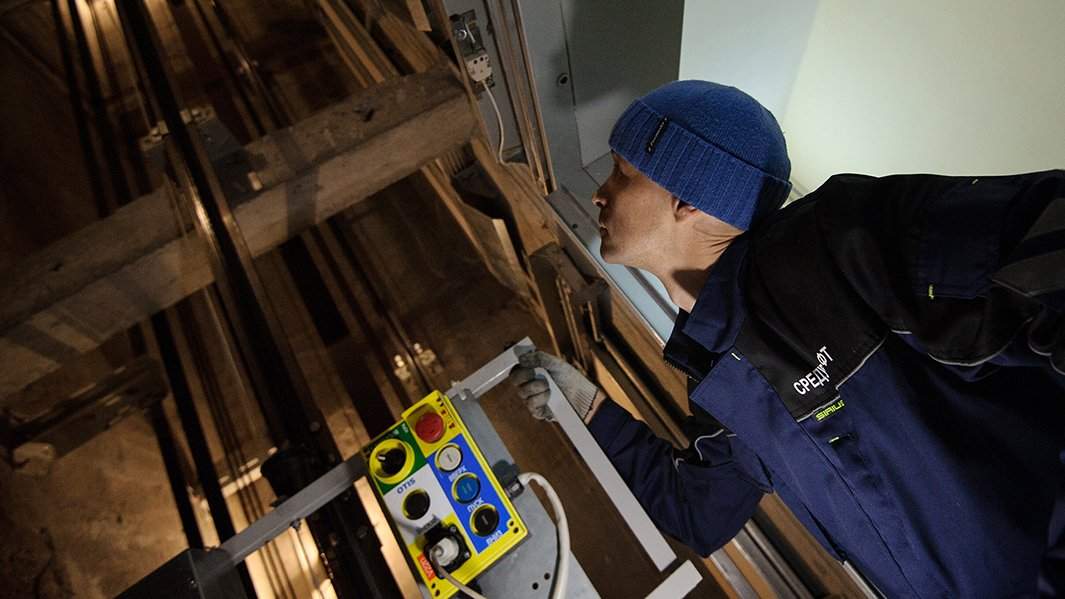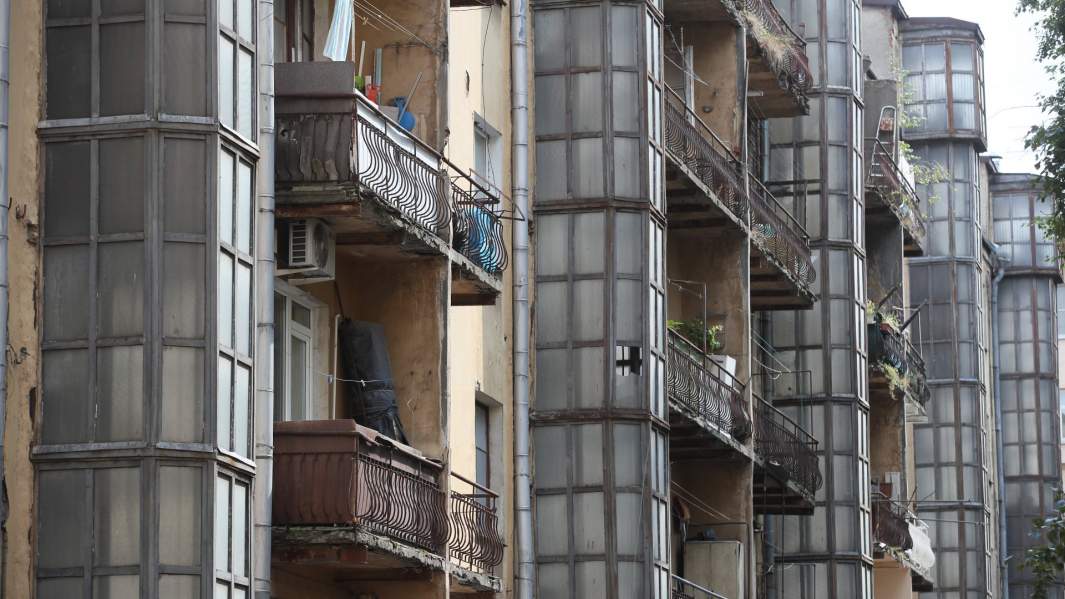EM – About 130,000 elevators will be “out of date” by 2025. This is a problem that Russia will have to face. In Vietnam, we have similar challenges that need to be addressed.
Russia is using about 530,000 elevators. By 2025, the entry into force of the Technical Regulations EAEU (Eurasian Economic Union of which Russia is a member) – a quarter of the aforementioned elevators will reach the “quarter-century” mark. The elevators will be “out of date”, needing to be inspected and evaluated overall to repair, upgrade or replace.
Authorities of the government, parliament, and related social professional organizations have proposed that the Russian government implement a National Program on upgrading and replacing elevators from spending part of the budget, building home improvement funds, installment support programs, etc. However, it seems that this program is facing great challenges, especially after the economic embargo from the West caused a series of large elevator businesses to leave Russian market.

According to the plan, by 2025, Russia can only implement basic repairs and replace half of the number of elevators out of a total of 130,000.
A country with financial potential, developed science and technology as Russia is still facing such problems, what about Vietnam?
Vietnam’s elevator market was formed in 1994, when the United States completely lifted the embargo on Vietnam and a series of large elevator enterprises came to our country, along with the birth of Vietnamese elevator business. However, it was not until 1998 that the majority of Vietnamese people really experienced the elevator. That was the time when series of high-rise apartment buildings were built in Hanoi and Ho Chi Minh City.
1/4 century is the time period in which we have experienced the elevator. And the worries has begun.
Old apartment buildings, after a period of use, have begun to age, especially electromechanical equipment. The building management and residents were forced to come to terms with the problem. That is the issue that constantly occurs related to elevators.
If the problem is minor, the elevator must be stopped alternately to wait for the equipment to be replaced. People will just take time to wait patiently than before.
If the damage is more severe, people may be locked in the elevator, or have to climb the stair, etc. and there is a constant feeling of unsafety, which is understandable.

Working with the Management Board of apartment buildings, we know that they are also making efforts with residents to find possible solutions to solve problems related to building operation, including elevators. The difficulty is that the funding from the maintenance fund has long been exhausted, the operating budget relies on revenue from the commercial exploitation of the building’s common spaces. The rest (mainly) comes from service fees – the contribution of residents is relatively small compared to the huge costs from the decrepit foreign elevators.
So when there is no money, will there be invention?
Vietnam does not have a regulation on the time limit for using the elevator, which means that the elevator can be used until… can no longer run. Of course, they must pass periodic technical safety checks. However, the use of old elevators, not only increases the frequency of repair and unexpected damage, but also can cause unsafety risks. Hundreds of risks will be there for residents who are elevator users to bear. They should be the first to be concerned. They are the ones who pay to use the elevator and they have the right to be assured of their safety. The difficulties have been recognized and over time there will be more.
In Vietnam, history also leaves a legacy of more than half a century. Those are the dormitories built in the former Soviet Union. Experiencing many times of “changing for the better”, being “localized” into typical Vietnamese residential areas by patchy repair and expansion, these collectives are now catastrophically degraded. Not only that, these “ugly scars” are degrading urban aesthetics. But unfortunately, they are all located in prime locations, with very high prices. Therefore, renovating, upgrading or demolishing resettlement compensation will require a lot of resources, not a priority of the already limited budget. Nor has it attracted social resources. The old dormitories still stand there as a stalemate of both the people and the urban government.
Will the lesson from Russia, or the old dormitories in Hanoi, Ho Chi Minh City… be a wake-up call for the elevator industry? If there isn’t a viable national program now, I’m afraid it will be too late!
The number of old elevators is increasing day by day, the financial burden for operation is placed on the head of each resident. As shared by a member of the Management Board of a building, they were forced to increase the service fee by one and a half times to cover the safe operation of the apartment. That is not to mention the financial contributions that will be made to replace and upgrade the elevator in the future. Will each resident, each household with a tight economy be able to afford it?
Perhaps the authorities, organizations and experts need to advise the Government on a more comprehensive solution. There should be a national program on upgrading and replacing elevators. It is necessary to have statistics, assessment and roadmap to prepare facilities and resources from the whole society right now.
In that program, it is necessary to have a policy so that domestic elevator enterprises can join the big guy in the world’s elevator industry doing business in Vietnam. These elevator enterprises entered the market earlier, have more market share of elevator services (most of the oldest elevators in Vietnam belong to multinational elevator corporations) and they are benefiting from that, including the monopoly of components, equipment…
Quite conveniently, most of the “first generation” elevators in Vietnam belong to the middle and low-rise segment (under 20 floors). This is also a bit of an advantage for Vietnamese businesses when they can completely master technology and techniques in this segment. Having the opportunity to participate in the program, in addition to providing the market with components, equipment, … with competitive costs and with the advantage of services, they will help solve the above-mentioned national problems. This is also a way to help elevator businesses have stability, gradually develop, and improve technology to approach higher-rise buildings. By the time high-rise buildings are aging, it may be time for us to catch up with high-rise elevator technology. Vietnamese elevator market – a market among the top in the world for many years to come will have fair competition.
The main beneficiaries are customers and residents./.
Mr. Nguyen Huy Tien, General Secretary of Vietnam Elevator Association (VNEA)



